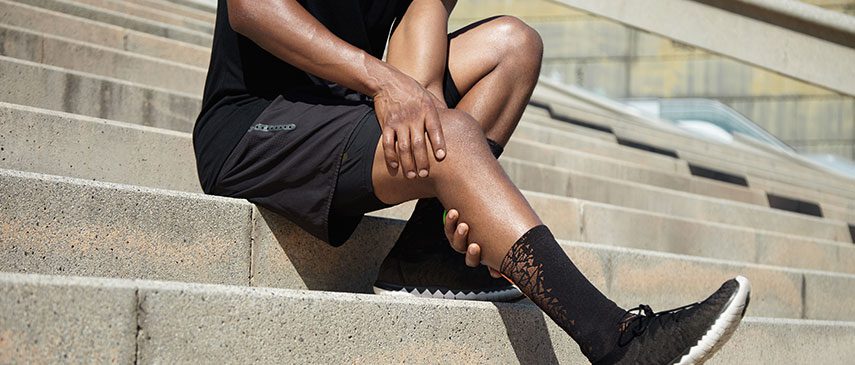Five of the most frequently occurring running injuries and how to treat them
Getting injured is, unfortunately, a common reality for many runners. Here are the most common running injuries as well as what to do about them


Injuries are an inevitable and unfortunate part of training. Running puts a great deal of stress on the body and sooner or later–unless you’re genetically gifted, do everything right and are extremely lucky–most runners will find themselves injured in some way.
RELATED: A survival guide for dealing with a running injury
There are certainly things we can (and should) do to prevent and avoid injury and maintain optimal health. These include stretching and drills, strength and core training, warming up, increasing training volume gradually, running at the right paces and seeking medical support when need be. But many of us will find ourselves injured regardless. If and when you do, these are the most likely culprits and some tips on what to do to get better.
Runner’s knee
Also called patellofemoral pain syndrome (PFPS), runner’s knee is by-far the most common running injury suspected to affect up to 50 percent of all runners at some point. The condition presents as localized pain–usually dull and achy but sometimes sharp and intense–on the top (anterior) portion of the kneecap or which feels like it’s coming from underneath the kneecap. The pain usually occurs or is worse when running and may go away when activity is stopped.
The pain is often the result of a complicated combination of muscle tightness, weakness and inflammation. Tight calves and iliotibial (IT) band with weak quads is common. Working to strengthen the quads, hips and muscles immediately surrounding the knee is part of an effective treatment program as is working to loosen tight muscles through foam rolling and targeted stretching. Icing and taking NSAIDs such as Ibuprofan may also alleviate pain.
Plantar Fasciitis
Plantar fasciitis (PF) is pain that primarily affects the heel and bottom of the foot. It usually onsets slowly and gradually over the course of several days and weeks but eventually becomes severe and debilitating rendering running and even walking a challenge. Pain can be particularly intense following periods of rest such as first thing in the morning or after sitting for a long time as well as activities involving dorsiflexion. When pain becomes sufficiently severe, rest is often the only option to allow for a full recovery, which unfortunately takes time. NSAIDs, icing and dedicated massage, as well as advanced and specialized techniques such as a cortisone shot or shockwave therapy, may provide some relief. Changing one’s footwear, trying orthotics and physiotherapy to correct gait imbalances are other options.
Achilles tendinosis
Tendonitis (also called tendinopathy) is the local inflammation of a tendon–the flexible but inelastic tissue that attaches muscle to bone–and often caused by overuse. While it can affect almost any tendon, such as those in the lower legs and feet, the Achilles is by far the most common place to be hit. Symptoms range from dull aches, pain and swelling to the local area to a burning sensation of the whole joint. Pain is usually made worse during and immediately following activity and followed by stiffness and swelling which restricts movement. RICE, heel pads, strengthening the tendon and NSAIDs are common treatment options.
Shin splints
Sometimes referred to as medial tibial stress syndrome, shin splints are common among new and veteran runners alike and account for some 10 to 20 percent of all running injuries. Shin splints present as pain that runs along the front side on the lower leg–the shinbone or tibia–and can range from mild to severe. It is usually caused by small tears and micro trauma to the connective muscle tissue, common in new and inexperienced runners and those who increase their training load too quickly. Rest, ice, elevation and compression (RICE) are the most basic treatment options while NSAIDS can be used to reduce inflammation and pain. It is important you wear comfortable and proper fitting footwear as well as training in a gradually progressive fashion.
Iliotibial Band Syndrome (ITBS)
The IT runs along the outside of the leg from the hip to the knee. When it becomes tight, it rubs on the bursa of the knee causing pain. This pain tends to increase as you run and presents as a stabbing sensation on the outside of the knee. Foam rolling and stretching the IT may help release some of the tension but working to strengthen the glutes is also imperative for complete recovery.


